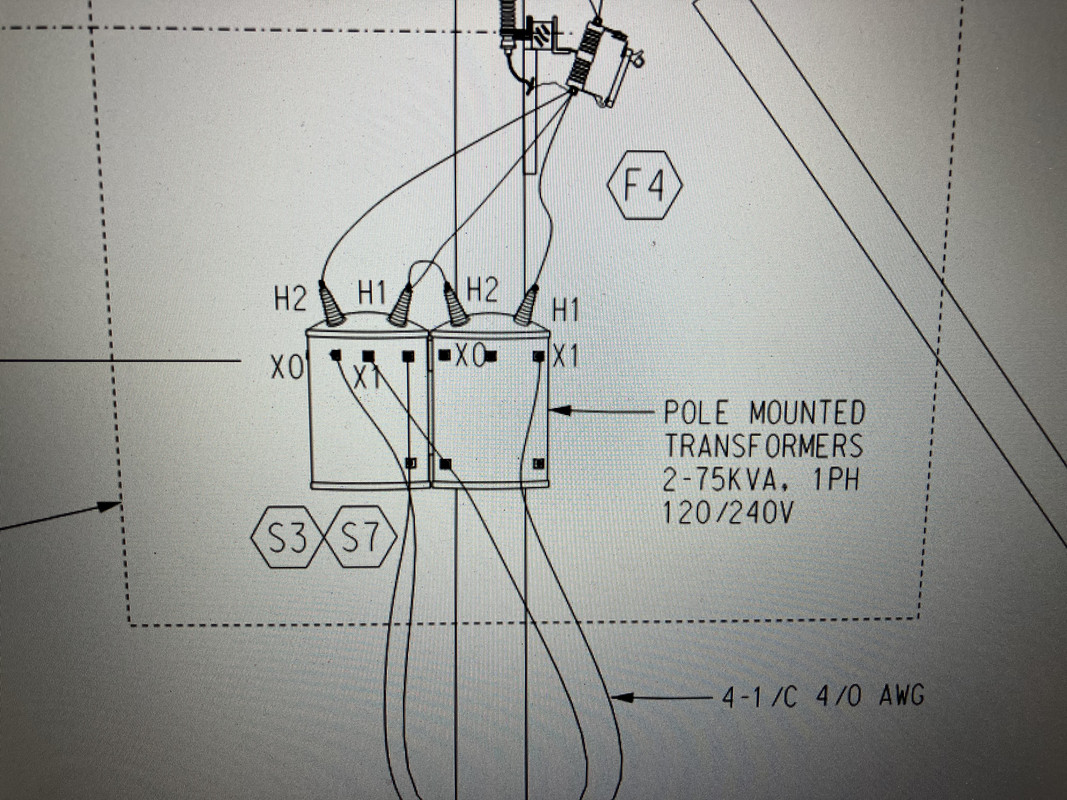designer82
Senior Member
- Location
- Boston
What would be the 3 phase voltage from this configuration?
Would it be 208v or 240v 3phase?
Thanks

 postimg.cc
postimg.cc
Would it be 208v or 240v 3phase?
Thanks




